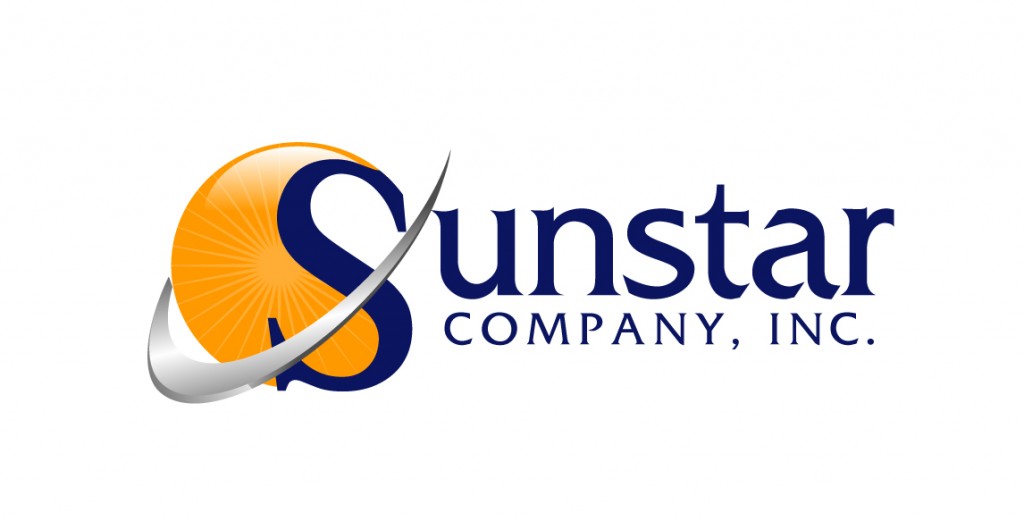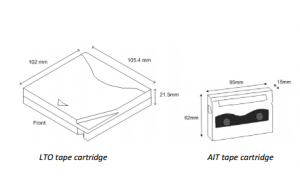Sunstar Company, Inc can help you with your data extraction, conversion, copying, media transfer.
Services Provided:
- Systems Migration
- Duplication:
- Disaster Recovery
- Business Continuity
- Litigation Discovery
Need assistance? Reach out to us by calling (800) 663-5523 or contact us online
Data Migration is the process of moving static or preexisting long-term retention data to a newer technology. This involves the moving of data on specific media one or a combination of disk or tape technologies. The process and issues are largely dictated by the platforms and applications involved. Why migrate data? To take full advantage of newer technologies and your investment in them, it is necessary to port your older data to such new storage platforms.
Storage migration
A business may choose to rationalize the physical media to take advantage of more efficient storage technologies. This will result in having to move physical blocks of data from one tape or disk to another, often using virtualization techniques. The data format and content itself will not usually be changed in the process and can normally be achieved with minimal or no impact to the layers above.
Database migration
Similarly, it may be necessary to move from one database vendor to another, or to upgrade the version of database software being used. The latter case is less likely to require a physical data migration, but this can happen with major upgrades. In these cases a physical transformation process may be required since the underlying data format can change significantly. This may or may not affect behavior in the applications layer, depending largely on whether the data manipulation language or protocol has changed – but modern applications are written to be agnostic to the database technology so that a change from Sybase, MySQL, DB2 or SQL Server to Oracle should only require a testing cycle to be confident that both functional and non-functional performance has not been adversely affected.
Application migration
Changing application vendor – for instance a new CRM or ERP platform – will inevitably involve substantial transformation as almost every application or suite operates on its own specific data model. Further, to allow the application to be sold to the widest possible market, commercial off-the-shelf packages are generally configured for each customer using metadata. Application programming interfaces (APIs) are supplied to protect the integrity of the data they have to handle. Use of the API is normally a condition of the software warranty, although a waiver may be allowed if the vendor’s own or certified partner professional services and all tools are used.
Business process migration
Business processes operate through a combination of human and application systems actions, often orchestrated by business process management tools. When these change they can require the movement of data from one store, database or application to another to reflect the changes to the organization and information about customers, products and operations. Examples of such migration drivers are mergers and acquisitions, business optimization and reorganization to attack new markets or respond to competitive threat.
The first two categories of migration are usually routine operational activities that the IT department takes care of without the involvement of the rest of the business. The last two categories directly affect the operational users of processes and applications, are necessarily complex, and delivering them without significant business downtime can be challenging. A highly adaptive approach, concurrent synchronization, a business-oriented audit capability and clear visibility of the migration for stakeholders are likely to be key requirements in such migrations.
Project versus process
Further, it is helpful to distinguish between data migration and data integration activities. Data migration is a project where data will be moved or copied from one environment to another, and removed or decommissioned in the source. During the migration (which can take place over months or even years), data can flow in multiple directions, and there may be multiple migrations taking place simultaneously. The Extract, Transform, Load actions will be necessary, although the means of achieving these may not be those traditionally associated with the ETL acronym.
Data integration by contrast is a permanent part of the IT architecture, and is responsible for the way data flows between the various applications and data stores – and is a process rather than a project activity. Standard ETL technologies designed to supply data from operational systems to data warehouses would fit within the latter category.
Migration as a form of digital preservation
Migration, which focuses on the digital object itself, is the act of transferring, or rewriting data from an out-of-date medium to a current medium and has for many years been considered the only viable approach to long-term preservation of digital objects.

